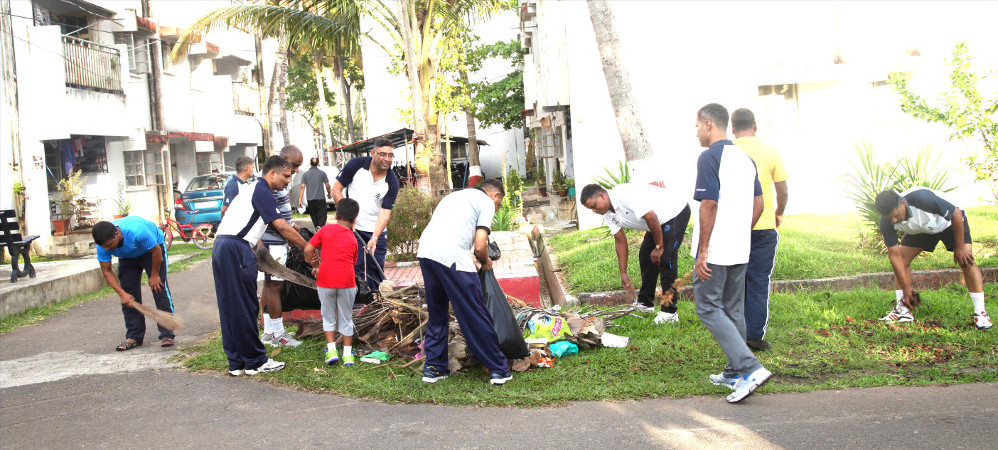Swacch Bharat Abhiyan, the biggest cleanliness drive ever launched in India, was initiated in the country as every citizen’s responsibility on October 2, 2014. Prime Minister Narendra Modi, spearheaded the campaign by cleaning the streets of New Delhi himself, sending out a strong message for every citizen to adopt cleanliness. The government was due to release Rs. 4,819 crores of funds at centre and state levels from October 2014 to Oct 2019. As part of Swacch Bharat, making India Open Defecation Free was a project adopted by many cities. Some of those cities have declared themselves to be open defecation free.
Many corporate houses had announced their alliance with this government initiative, taking it up as part of their CSR activities. Plenty of funds have been invested in this project already, but the government itself has backpedaled. Dabur had launched a ‘Swacch Toilet, Swacch Bharat Abhiyan’ to provide germ-free public toilets across the country, by contributing 1 from the sale of every pack of its SaniFresh toilet. The 2015 budget announced a 100% tax exemption for companies donating to the Swachh Bharat Kosh. Coal India, TCS, and Infosys are among other companies who are involved in this initiative through CSR.
As a reply to the unstarred question in the Lok Sabha, the Ministry of Housing and Urban Affairs said that the centre has cumulatively released Rs 2,595 crore of funds to state governments and union territories. The way this initiative was adopted majorly, was through toilet construction in slums and rural areas of the country. But almost half the country does not use hygienic or modern sanitation facilities, according to the National Family Health Survey, 2015-16. The installation of the toilets was done inside the houses of a slum in such a way that it was rendered unusable. Be it the drainage system or the accessibility of the material to build the toilets, the management of the local authority was lacking in its provisions.
The data from the ministry of drinking water and sanitation states that household toilet availability has improved from 38.7% as on October 2, 2014 to 65.71% as on July 27, 2017. But no verification has been done on this data.
The data from the government suggests that after the inflow of funds on a large scale, the results are not seen on the ground. This campaign was launched with great expectations of participation from public and private entities. Had it been implemented on ground, it could have helped change the dynamics of the health and sanitation of the country. Till 2019, Swacch Bharat Abhiyan may not be able to complete its goals. However, if the funds are directed on the right path, it has the potential of bringing huge change.
Regards,
The CSR Journal Team
Subscribe

